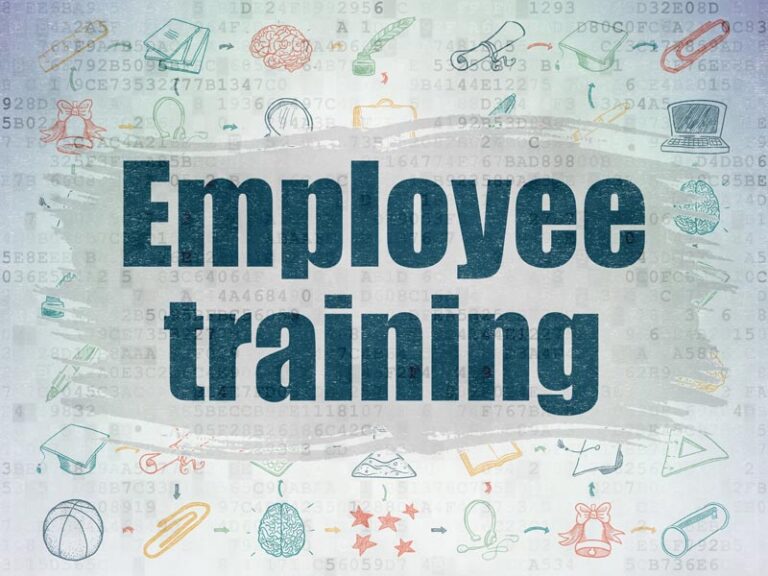Employee education is a vital aspect of any organization. It not only helps employees enhance their skills and knowledge. It also fosters a culture of learning and development within the company.
However, many employers struggle with prioritizing employee progression. This can lead to a lack of opportunities for growth and development. This can ultimately affect employee engagement and retention.
In this document, we will explore how to prioritize employee education throughout their journey in the organization.
So, read on!
Create a Structured Onboarding Program
Onboarding is the first step in an employee’s journey with your organization. It sets the tone for their experience and provides a foundation for continuous education. An effective onboarding program should include:
- training sessions
- mentorship programs
- access to learning resources
You are demonstrating the value of continuous education to your employees by investing in a structured onboarding program. Moreover, it helps new employees get up to speed quickly. It helps them integrate into the company culture right away.
Offer Continuous Learning Opportunities
Employee education should not stop after the onboarding process. It should be a continuous effort. Offer learning opportunities such as:
- workshops
- seminars
- webinars
- online courses
These opportunities will help employees stay updated with industry trends. It will also provide them with new skills and knowledge. This will keep them engaged and motivated in their roles.
You may have them undergo an EHS management system training, for instance. This will not only ensure employee safety. It also enhances their understanding of their roles and responsibilities.
Or, you can organize a leadership development program. This helps employees progress into managerial positions. This will not only benefit the individual. It will also benefit your organization as it prepares future leaders.
Conduct Performance Reviews
Performance reviews are an excellent opportunity to discuss employee growth and development. During these reviews, set goals for employees that include learning objectives.
This will allow employees to have a clear understanding of what skills they need to develop. They’ll learn how it aligns with their career progression within the organization. It also shows that you value their professional development.
Develop Career Advancement Pathways
Employees want to know that their hard work and dedication will be rewarded. Employees can see how they can progress within the organization. This can be achieved By creating clear career advancement pathways.
This also gives them a sense of purpose and motivation to continuously educate themselves and improve their skills. Plus, it shows that the organization values their employees and is willing to invest in their growth.
Learn How to Prioritize Employee Education
Prioritizing employee education is crucial in fostering a culture of learning and development within your organization. You are not only helping them grow professionally by investing in the education of your employees throughout their journey in the company. You are also creating a more engaged and loyal workforce.
Make employee education a top priority in your organization today! Remember, continuous education for employees is an investment that will yield long-term rewards.
For more helpful topics, you may explore our main blog. We’ve got more! Keep reading!

0 Comments